
How top tech brands use Facebook Ads integrations to increase user value
Share
Schedule a 30-min marketing strategy call with our team
Today, tech companies are rushing to help users grow their businesses by integrating Facebook Ad programs directly into their platforms. These integrations help small businesses save precious time by eliminating the need to tinker with data to create audiences, build robust suites of ad creative, or worry about executing best practices to maximize performance.
In this blog post we will explore Facebook Ad Integrations from 4 top tech brands and how they benefit users.
Etsy’s New Off-Site Ads Program
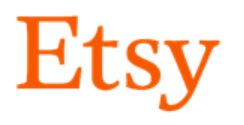
Etsy.com is more than a few steps ahead of most ecommerce marketplaces. In February 2020, Etsy announced their “Risk Free Advertising” system called Offsite Ads. This system is available to their 2.5 million merchants across the nation. This move separated their on-site ad programs and off-site ad programs into two different revenue streams.
Etsy’s Offsite Ads program uses custom audiences created from real-time buyer intent data from Etsy.com to power advertisements on Google, Facebook, Instagram, Pinterest, and Bing. Advertisements are dynamically created from product images and attributes such as price, product titles, and product descriptions. When a shopper visits Etsy to view a product, but does not buy it, an ad will follow them around the web to remind them of their prospective purchase.
Unlike the other tech brands (including those mentioned below in this post), Etsy does not offer merchants a self-service UI and program manager to run their ads, customize ads, control budgets or charge on a cost per click (CPC) or a cost per 1,000 ad impressions (CPM) model. Instead, they have chosen to take a fully automated approach using a cost per acquisition (CPA) model.

A merchant is charged an advertising fee when a promoted item sells due to one of these advertisements. For sellers with less than $10,000 in annual sales, the fee is 15% of the order value, and participation requires an opt-in. For sellers with more than $10,000 in annual sales, the advertising fee is 12% and participation is mandatory.

This new program has given merchants a truly powerful tool to grow their business. With the literal click of a button, they opt in to the program and never have to worry about budget optimization, channel placement, ROI, or split testing again. Their products are advertised across a variety of high-traffic platforms to a targeted audience, without any work on their end. Though the program is still in its early days, it is certainly an innovative approach to helping artists all over the world grow their business through a highly sophisticated and data-driven marketing tool.
UPDATE: ETSY sellers are pushing back against the forced opt-in methodology, as mentioned in this Mashable article. We will keep an eye on these developments to see how ETSY adapts the program to include users feedback.
Shopify’s Facebook Ads Integration
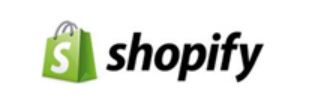
It is amazing to think that the more than 1 million ecommerce websites that Shopify powers have created an astonishing $155 billion in online sales. Shopify is the undisputed champion of simplifying complex ecommerce systems and making them available for small businesses to use. And it’s clear that at least part of their success is driven by Shopify’s Facebook Ads Integration.
By integrating a Facebook ad builder directly into their self-service UI, Shopify has given users a powerful method to automatically create ads, target audiences, and grow revenue. Shopify’s Facebook Ads Integration allows merchants to simply select products that are already in their ecommerce catalog and create targeted ads.
Shopify’s simple self-service UI

After the merchant selects up to five products, the tool creates an ad preview that merchants can customize and review in real time.
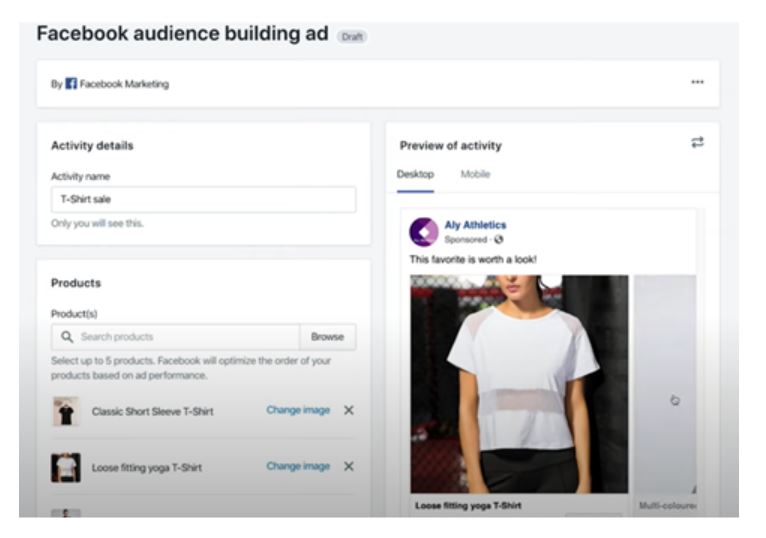
Before finishing the ad, the merchant is prompted to select a promotion code to promote. This is a great example of Shopify integrating other features within their ads platform to give users a time efficient experience.
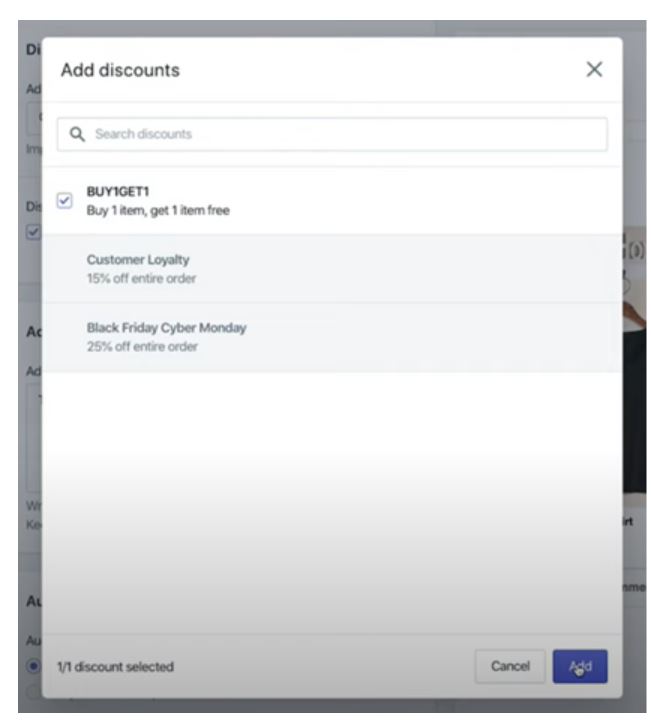
Once the ad is ready, the merchant simply selects the audience they wish to target. Then Shopify will automatically create a look-a-like audience of the merchant’s website visitors. Because the audience is automatically built for them, it reduces the friction a merchant typically experiences when trying to launch a Facebook program, thus helping boost program adoption rates.
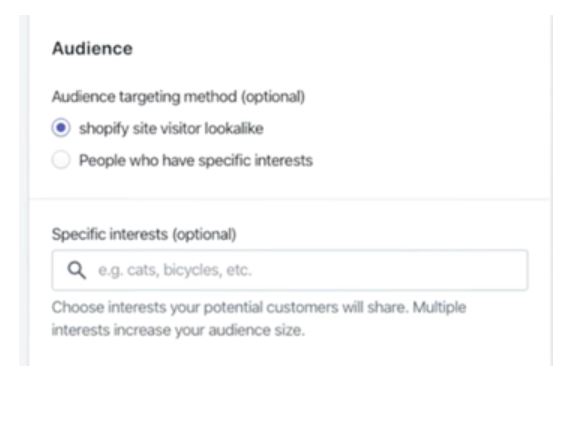
The final step in the ad building process is to select a budget and schedule the campaign. Once again, the Facebook Ads Integration simplifies every step of the process so merchants can quickly and easily get Facebook Ads up and running.
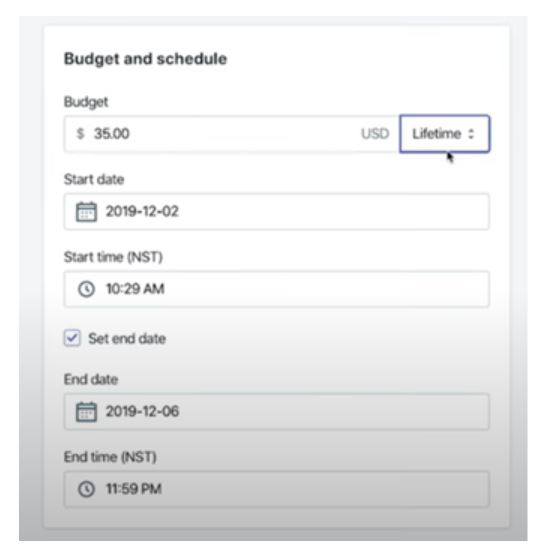
There you have it! A few simple clicks taken from within Shopify leads to a powerful, data-driven Facebook Ads Program
BoomTown ROI’s Facebook Ads Integration

BoomTown exists to make real estate agents successful. Over 40,000 of the industry’s top professionals trust BoomTown to grow their real estate business with easy-to-use technology that creates opportunities and turns them into closings. Their capabilities include a customizable real estate website integrated with local MLS data, a cutting-edge CRM (Customer Relationship Management) system with custom marketing automation, and a full suite of Facebook Ads programs to help agents attract new leads.
BoomTown customized their Facebook Ads Integration experience to cater to the unique needs of their users. For example, the below screenshot (from their Marketing Central promotional page) shows three different objectives that a user can choose from. They can promote a listing to attract buyers, promote a sold listing to attract new sellers, and re-engage leads using dynamic retargeting on Facebook.
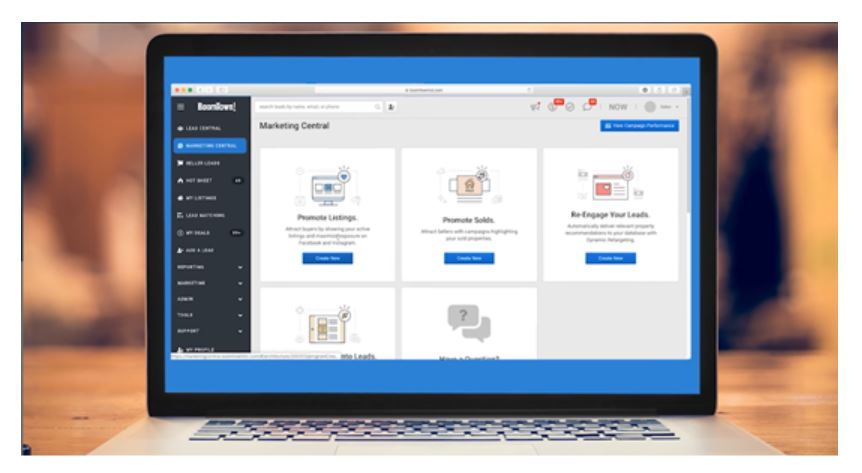
When a user chooses one of these programs, they are taken to a simple self-service advertising UI with best practices already set up to offer users a time efficient experience. For example, the “Re-Engage Your Leads” program is automatically populated with retargeting audiences built from the agent’s website pixel and CRM lists.
To make the user experience even more efficient, BoomTown gives agents the ability to select one of their listings (much like Shopify does with products) to populate an ad unit with a featured property image and select MLS attributes.
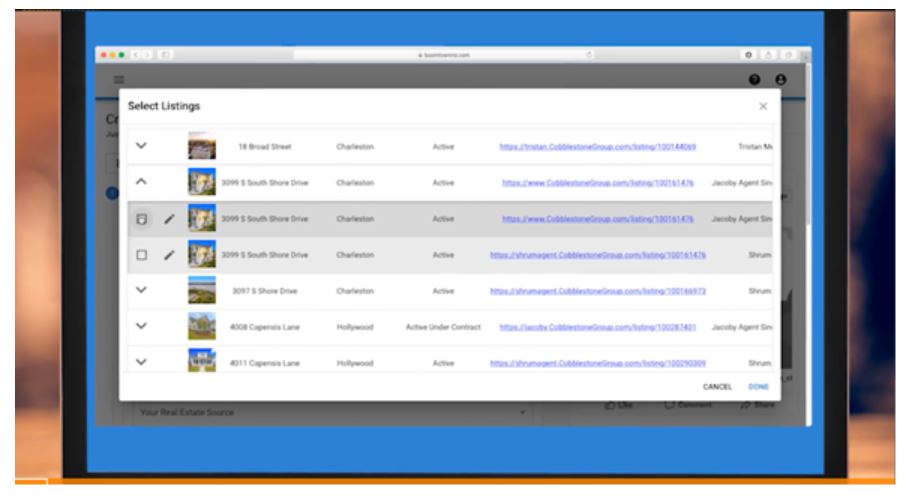
Bonus: Amazon’s New Sponsored Display Product

On April 6th 2020, Amazon Advertising launched a new product that, while not exactly similar to Facebook Ad Integrations, is worth examining. Amazon’s new Sponsored Display product is described as, “a new advertising solution that lets you create display campaigns in minutes with a budget of any size. Use Sponsored Display to reach the right audience for your business both on and off Amazon.”
In other words, Sponsored Display gives sellers a simple and powerful tool that is completely automated. Audience automation, for example, matches the products that sellers select to advertise to shoppers based on their shopping activities then serves ads to them on and off Amazon.com. Think about the program structure needed to execute this type of sophistication. If a seller launches a program to advertise baby products, beauty products, and lawn care items, each promoted product may be matched to its best suited audience. It is quite possible that if an advertising program contains 200 products, the Sponsored Display program will automatically build a program structure that matches them to over 600 audiences. Now imagine the level of automation needed to run a program with 20,000 products.

The creative process is also automated. Sellers simply select products from their catalogs that they would like to advertise, and the tool automatically uses product attributes (price, title, reviews) in the ad design. In many cases, a seller can have their entire product catalog running Sponsored Display ads.
- Related Post: Be Like Amazon. Turn Data into Revenue Through Self-Service Advertising
Conclusion
Tech companies are racing to find innovative ways to use Facebook Ads Integration to give users unprecedented value. These programs use automation to create efficiencies by streamlining the creation of audiences and ad creative. Additionally, intuitive self-service UIs enable users to launch programs with a few clicks without leaving the tech company’s environment.
At Evocalize, we specialize in building with these types of programs within CRMs, Portals, Marketplaces, and Multi-location brands. Our embedded online marketing technology gives our partners the ability to enable users to access sophisticated data-driven online marketing programs with the click of a button. If you would like to know more about how you can give users more value using your data, contact us for more information.
Share
Subscribe to our blog
Don’t miss a beat in the fast-changing local digital marketing landscape — sign up to stay ahead of the curve!






